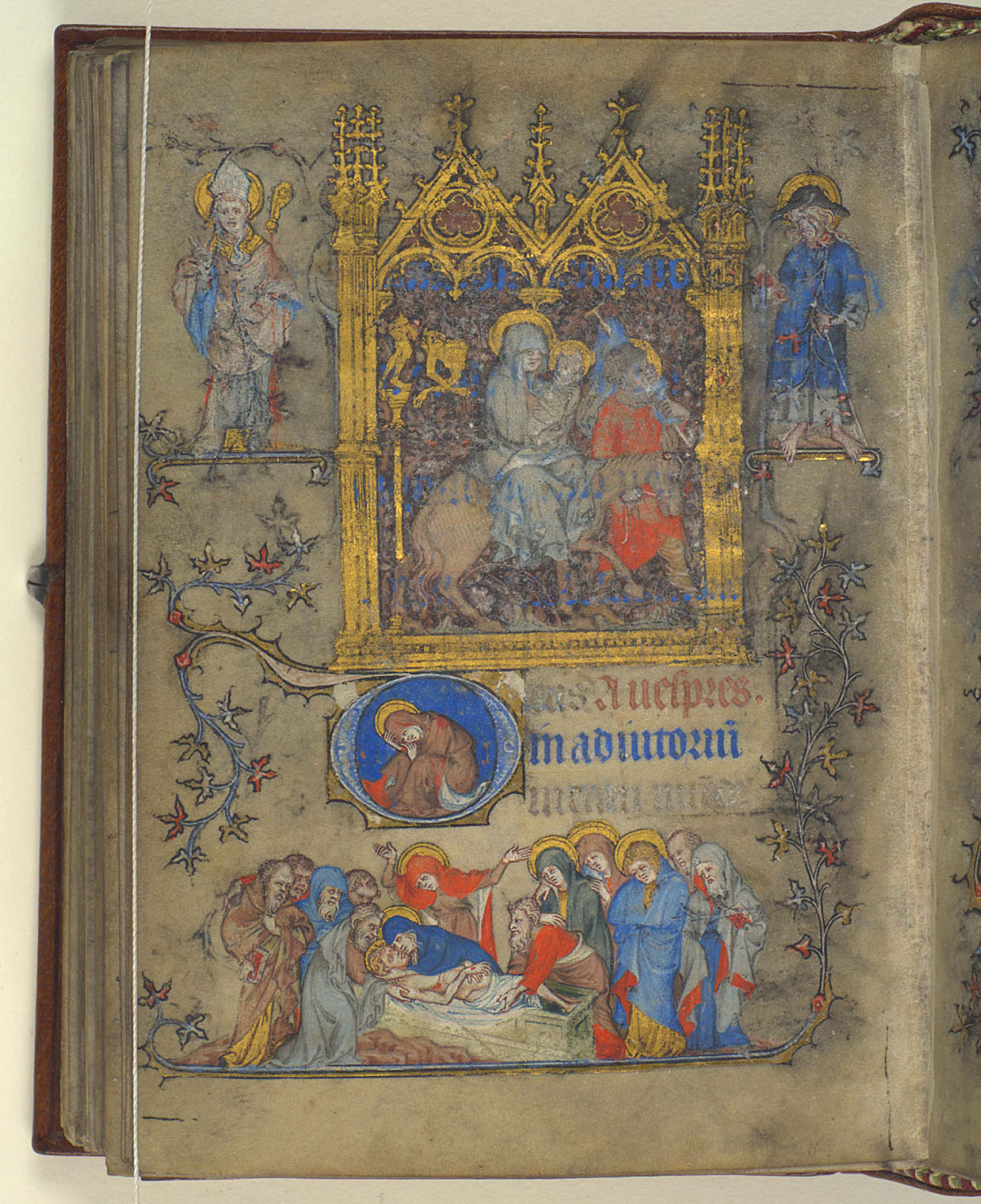Women held very limited power during the Middle Ages in Europe, due to male dominance. They were mostly housewives, and laborers. who relied on their husbands, brothers, fathers, or any male figure of their household, for support. However, the ones who were considered “nonconformists female intellectuals” found the convent to be their place to gain more power or at least share equality with men (Chadwick 45). Nuns were considered upper class to some degree, however, in the catholic church, they still were dominated and looked down upon by male clergy members; "within the convent women had access to learning even though they were prohibited from teaching by St. Paul's caution that a woman must be a learner, listening quietly, and with due submission. I do not permit a woman to be a teacher, nor must a woman domineer over a man; she should be quiet"(Chadwick 45). This shows clearly that even though nuns were considered higher in social class than other women like peasants, they were still expected to be submissive to men and were not permitted to acquire more power than them. Nuns were also laborers to some degree due to the fact that they still performed some kind of what has been renamed to art instead of simply calling it labor. Nuns were to either paint, embroider, wash, cook, etc. as a part of their daily routine in the monastery. These tasks were considered to be of “Godly service”.
 |
Bourgot and le Noir
Book of Hours 1353 |
Some were to simply just rewrite scriptures as ordered by Bishop Caesarius of Arles: “‘Between Psalms and fasts, vigils and readings, let the virgins of Christ copy holy books beautifully’” (Chadwick 45). This simply shows the responsibilities nuns held in the monasteries, and even then they were still not granted any reward for their actions and hard work. They were still dominated and ordered around by men and their opinions and thoughts did not matter and were not considered.
Similarly, Chadwick builds on to the restrictions nuns had in the monasteries, “Although women shared equally with men in conversion to the faith and the learning that accompanied it, they were barred from the forms of power by which the church exercised control: preaching, officiating in church, and becoming priests.” (Chadwick 46). However women who did not become a part of the convent, were simply denied all rights. They were the subjects of their husbands and considered their “property”. A woman’s main role in the middle ages was to become a housewife and submissive to her husband. She would not have the right to own property or be her own individual person. Peasant women had the responsibility to work on the field with their husbands, make time to manage her household, and perform motherly and wifely tasks. Unlike today, these responsibilities came with no reward to it because they did not have any power to acknowledge the hard work and effort that each woman put into performing these tasks.
Women in the middle ages were completely under the power of their husbands, it was a time which Chadwick states as “a period in which anonymity was the norm, if not the rule”. With that being said, the transition between this time period and the 14th century, when the Renaissance movement took place, had a great impact on most women and their lives. It gave each woman the chance to become her own individual person, with her own mindset and opinions, without being questioned, undermined, or looked down upon. Women and men alike were able to become educated and attend school “[...] eight to ten thousand Florentine children, male, and female, were attending elementary school to learn their alphabets,” (Chadwick 68). The Renaissance created an opportunity for women like Sofonisba Anguissola, and Artemisia Gentileschi, whose fathers were artists, to express their feelings, thoughts, and ideas in a more complex manner; in a way that challenges and opposes patriarchy with every stroke. Art was these artists’ way of challenging the norm.
Sofonisba Anguissola, the daughter of Amilcare Anguissola, was a painter who was recognized for her work by Michelangelo and the Duke of Alba “who called the attention of the Spanish court to her work. She was escorted to Spain with great ceremony in 1559” when she was named Lady-in-waiting to the successive Queens. She was also the Court painter. What led to her success and recognition is her artistic talents. It is safe to say that women too had talents and were artistic, even in the middle ages, but they were not recognized for their works, or talent, They were kept in what Chadwick refers to as a “private sphere”. But women like Sofonisba Anguissola, whose father held progressive beliefs such as educating his daughters, were able to become known for their works. The renaissance period impacted later artists as well since they followed the footsteps of Sofonisba Anguissola and other female artists who were admired in their time period and reached career success.
 |
Boy Bitten by Catfish 1559
Works Cited
Chadwick, Whitney. Women, Art, and Society. 4th ed. New York, N.Y.: Thames and Hudson, 1990. Print.
|

No comments:
Post a Comment